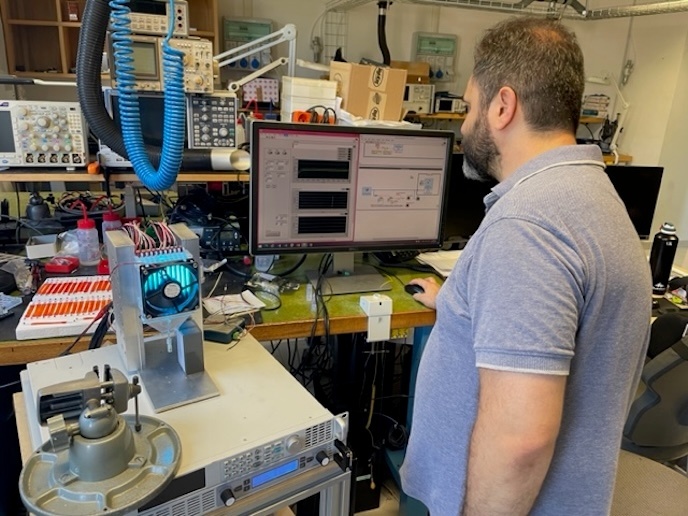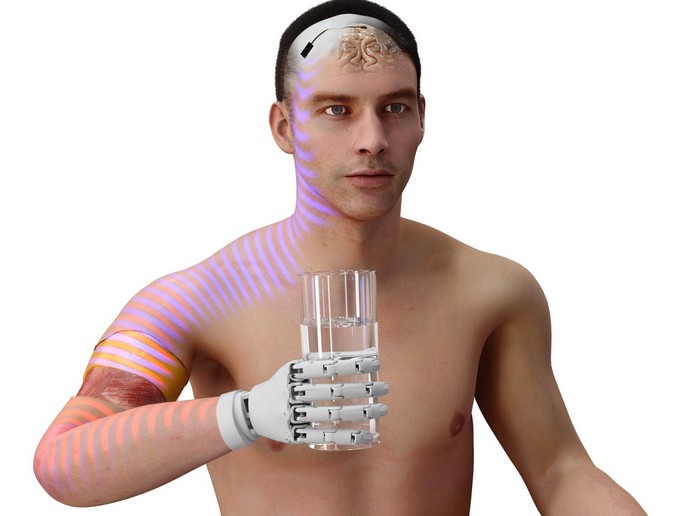Improving hearing in the deaf
A CI is a small electronic device that can restore some hearing in people who are profoundly deaf or severely hard of hearing. Most people with significant hearing loss still have some residual hearing and this perception of speech can be slightly improved through bimodal stimulation. During bimodal stimulation, a CI is used in one ear and a hearing aid (HA), which amplifies sounds, is used in the other. However, until now there has been no unified strategy for bimodal speech processing, which leads to suboptimal performance. Overcoming this deficiency was the goal of the BSPS project, funded by the EU. Its objectives included improving music appreciation and speech recognition for bimodal listeners. BSPS partners developed two different sound-processing strategies using audio-signal–processing to enhance modulation or process loudness. The latter method estimates the loudness of the audio signals at the microphones of the two devices, the CI and the HA, as it would be perceived by a normal-hearing listener. It then adjusts the loudness of the electric and acoustic signals to give the bimodal listener the same perception of loudness. Application of the sound-processing strategies developed by BSPS should lead to improved sound source localisation. These strategies could be widely used in over half of the patients with new CIs that have some residual hearing.







